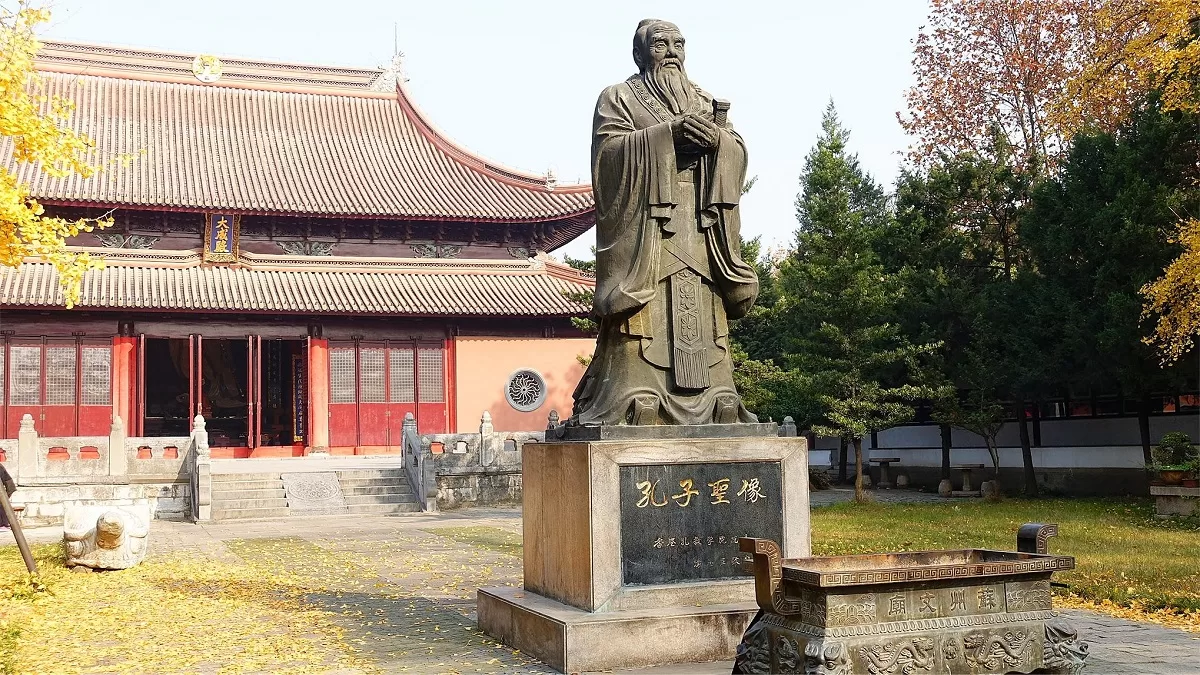The Confucian Temple in Suzhou (苏州文庙), originally established in 1035 during the North Song dynasty, stands as a testament to the enduring legacy of Fan Zhongyan, a distinguished official of his time. Situated on the grounds of the former South Garden, Fan Zhongyan fused the roles of a temple and an academy, creating a unique institution. Under the leadership of Director Hu Yuan, the temple-academy swiftly gained recognition for its exceptional educational standards, setting a national example.
Over the centuries, the temple underwent several expansions, reaching its pinnacle as the second-largest Confucian temple during the Ming and Qing dynasties. Sadly, only one-sixth of its original size remains today. Nevertheless, some key architectural marvels have withstood the test of time, persevering through natural disasters and wars. The Suzhou Confucian Temple not only serves as a historical treasure trove but also as a symbol of the enduring reverence for Confucian ideals and the scholarly pursuits that have shaped Chinese culture for centuries.
Table of Contents
- Basic Information
- Location and Transportation
- Highlights of Suzhou Confucian Temple
- Vlog about Suzhou Confucian Temple
- Useful Tips Summarized from Reviews
- Attractions near Confucian Temple
Basic Information
| Estimated Length of Tour | 1 – 2 hour |
| Ticket Price | Free |
| Opening Hours | 9.00 – 16.00; closed on Mondays |
| Area | 1.78 hectares |
| Telephone Number | 0086-0512-65197203 |
Location and Transportation
The Suzhou Confucian Temple, also known as the Suzhou Wenmiao in Chinese, is located in the heart of Suzhou, a historic city in Jiangsu Province, China. Its exact address is No. 613, Renmin Road, Gusu District. To get there, you can choose the following ways:
Bus: Take bus 1, 47, 101, 308, 501, 933, 9003, or 9010, get off at Sanyuanfang Stop (三元坊站), and walk about 200 meters to the south to reach the temple.
Metro: The closest metro station to the Confucian Temple in Suzhou is Sanyuanfang (三元坊) on line 4. After getting out of the station from Exit 2, you will be standing right opposite the entrance of the temple.






Suzhou Confucian Temple Antiques Market opening hours: 8 am to 4:30 pm every day. On weekends, there are various stalls set up, so it’s suggested to visit on Saturday or Sunday morning to experience the lively atmosphere with plenty of booths and people.